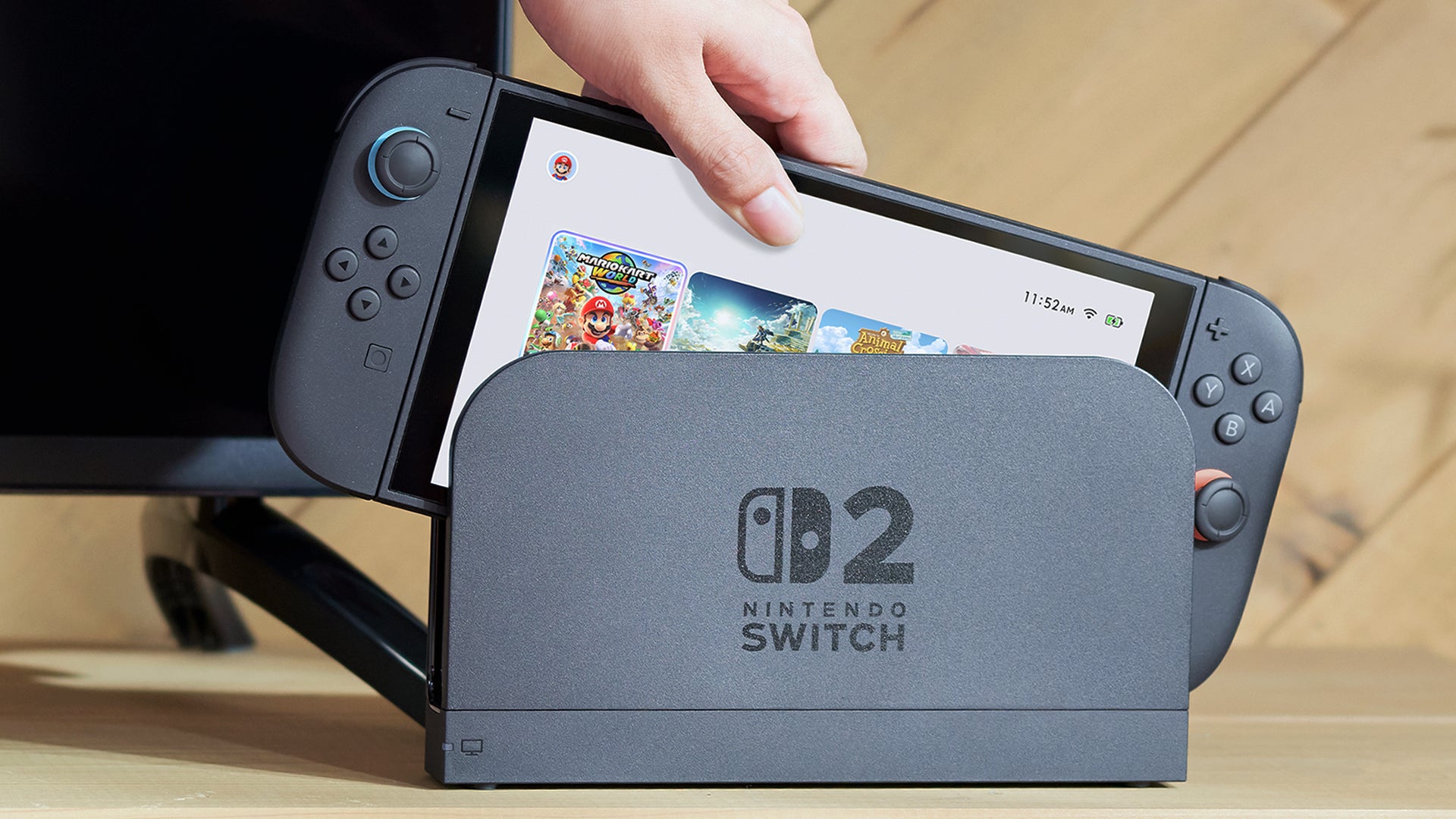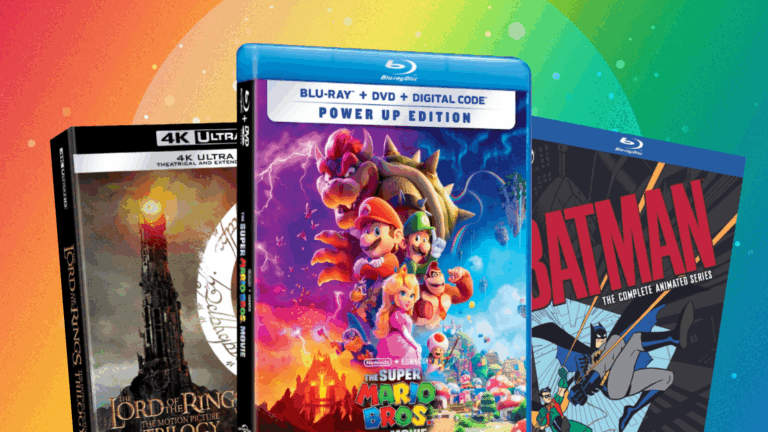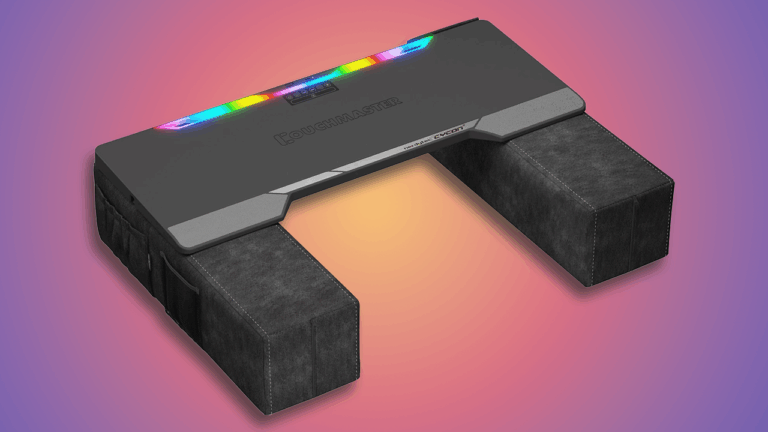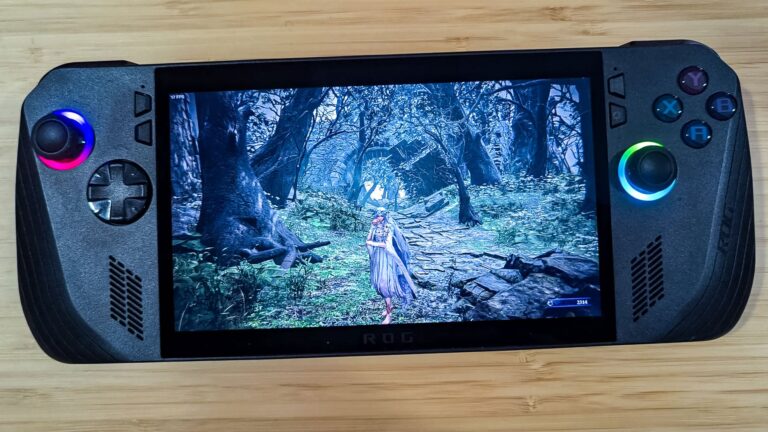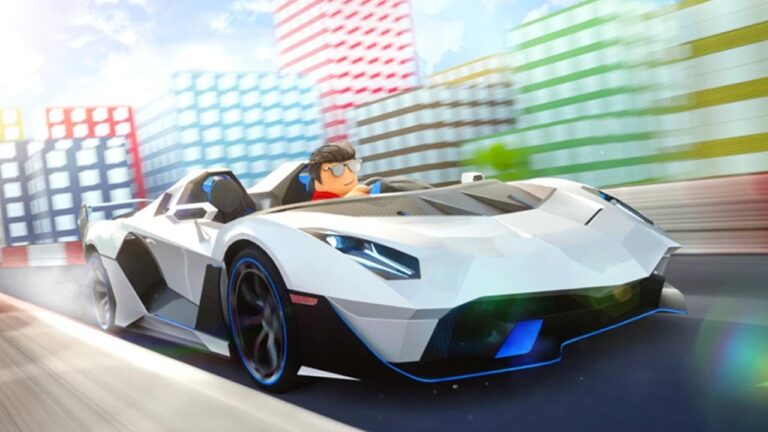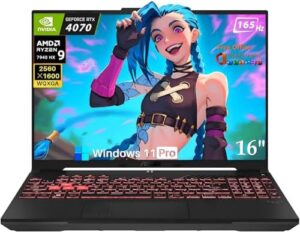
Deciding Between the Nintendo Switch 2 and the Switch OLED: Price Comparison
For budget-conscious gamers, the decision of whether to invest in the upcoming Nintendo Switch 2 or stick with the current models is a hot topic — especially for those who haven’t owned an original Switch. With the detailed specifications of the Switch 2 now available, many are asking how this new console stacks up against its predecessor, particularly the popular Switch OLED model.
If you’re considering purchasing an existing Switch — and especially if you’re eyeing the Switch OLED as the most advanced current option — here’s a comprehensive comparison to help you decide whether to wait for the Switch 2 or buy now.
Price Breakdown
The Nintendo Switch OLED, released several years ago, remains the most expensive version of the original Switch lineup, retailing at $349. The upcoming Nintendo Switch 2 is expected to be priced at around $449, making it roughly $100 more expensive at launch.
However, the Switch OLED often goes on sale, sometimes dropping as low as $279 during special promotions. Bundles, such as those including popular games like Super Mario Wonder, are also available at the base price of $349, providing additional savings for gamers ready to buy.
It’s important to act soon, as the current tariff suspension ends in July. The lifting of tariffs could lead to increased prices — already seen with other consoles like Xbox, which has raised its prices on hardware and accessories. Nintendo accessories, including new Joy-Con and Pro Controllers, have also experienced modest price hikes. Therefore, purchasing sooner rather than later could help you save some money.
Winner in Price: Nintendo Switch OLED
Hardware and Performance: A Technical Deep Dive
Announced in mid-May, the Nintendo Switch 2 boasts significant hardware upgrades compared to the original Switch, including the Switch OLED. Its new Nvidia T239 SoC, based on Ampere architecture (the same found in Nvidia’s RTX 30-series graphics cards), marks a substantial leap forward. While it features 1,536 CUDA cores — less than the RTX 3050 Mobile — it still outperforms the original Switch’s capabilities by a wide margin.
The Switch 2’s GPU delivers around 3.07 TFLOPs in docked mode, which is impressive for a handheld gaming console but still below the 8.6 TFLOPs of high-end gaming PCs like the Asus ROG Ally X. Nonetheless, optimized performance means many games will run smoothly, providing a better gaming experience.
In contrast, the Switch OLED uses an Nvidia Tegra X1 chip based on Maxwell architecture, with only 256 CUDA cores. This GPU, from 2014-era technology, is significantly less powerful, making the OLED less suited for demanding games or future titles.
Memory and Display: The Visual and Speed Differences
The Switch 2 has been upgraded to 12GB of RAM, split into two 6GB modules — with 3GB reserved for the system and 9GB available for game developers. Its RAM operates at speeds of 102GB/s when docked and 68GB/s in handheld mode, ensuring faster data transfer and smoother gameplay.
The Switch OLED features only 4GB of RAM, with 0.8GB dedicated to the OS and 3.2GB for games, and operates at slower speeds of 25.6GB/s docked and 21.3GB/s handheld. This difference significantly impacts performance and future game compatibility.
On the display front, the Switch 2 sports a 7.9-inch LCD screen with 1080p resolution, making it the largest and highest-resolution Nintendo Switch yet. This upgrade provides sharper visuals and a more immersive experience. Meanwhile, the Switch OLED retains a 7-inch 720p OLED screen, which offers vibrant colors and deep blacks but is smaller and less crisp.
Additional Hardware Features
The increased size of the Switch 2’s screen and improved hardware make it the clear winner for performance and visual quality. It also offers 256GB of storage — a significant upgrade from the OLED’s 64GB — and dual USB Type-C ports, compared to the OLED’s single port.
Overall, the hardware advancements in the Switch 2 ensure better performance, faster load times, and a more future-proof gaming experience, leaving the Switch OLED in the dust in terms of raw power.
Winner in Hardware and Performance: Nintendo Switch 2
Software, Features, and User Experience
Both consoles support versatile modes — tabletop, handheld, and docked — with detachable Joy-Con controllers and adjustable kickstands. However, the Switch 2 introduces several notable improvements.
The kickstand on the Switch 2 is now a sturdy U-shaped bar, replacing the flimsy plastic plate on the OLED. The new model also features Magnetic Joy-Con controllers that attach or detach with ease, offering a more seamless gaming experience.
One of the most exciting upgrades is the backward compatibility. Most existing Switch games will run on the Switch 2, with some titles even receiving performance enhancements or additional content — although these upgrades may come at an extra cost.
New functionalities include the ability for Joy-Con controllers to act as mice, allowing for more PC-like aiming in compatible games such as Metroid Prime 4: Beyond. Simply dragging the controllers against a surface can emulate mouse movement, adding a new layer of interaction.
The Switch 2 also emphasizes social connectivity with its GameChat feature, enabling voice calls, video chats, and screen sharing directly from the console. This is facilitated by an integrated microphone, with a separate camera peripheral available for video chat. However, access to GameChat will require a Nintendo Switch Online membership starting in April 2026.
In summary, the Switch 2’s new features and refined design elevate it well beyond the capabilities of the original Switch and Switch OLED.
Winner in Features and Software: Nintendo Switch 2
The Final Verdict: The Clear Winner Is…
The Nintendo Switch 2 undeniably offers a significant upgrade in performance, hardware, and innovative features. While the Switch OLED remains a more affordable option with its stunning OLED display, it falls behind in power and future-proofing. Gamers aiming for the best experience and access to upcoming titles will find the Switch 2 to be well worth the extra investment.
Moreover, considering the current market prices, the Switch OLED isn’t drastically cheaper than the Switch 2 — especially when factoring in potential future price increases. If you’re planning to spend around $350, it makes more sense to invest a little more in the newer model that guarantees compatibility with both current and upcoming games.




